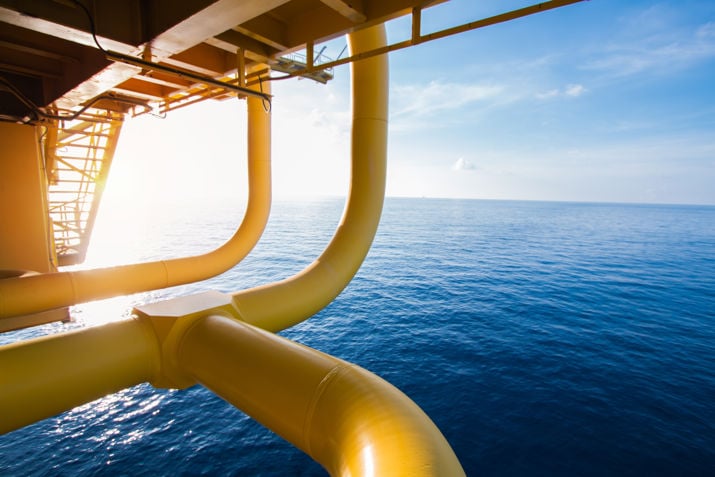Over the whole value chain, oil and gas account today for about half the global emissions of CO2. When we know that human impact on the climate is making the planet warmer and that action now will be crucial for the future, many instruments are required for reducing the worldwide release of greenhouse gases (GHG). A number of proposals for curbing GHG emissions are regularly discussed, but the urgent need to achieve reductions means that an assessment of which measures will have the biggest effect is also needed.
The report from Rystad Energy shows that cutting oil and gas output in Norway will probably contribute to higher global GHG emissions.
Reduced petroleum production from the Norwegian continental shelf (NCS) will largely be replaced by other producers whose output has higher emissions. The global oil and gas industry will easily be able to replace a long-term loss of Norwegian production, particularly in a future where demand for petroleum is declining. Extensive changes have occurred in the oil market during recent years, allowing it to mobilise more long-term production than before relative to a price increase. Europe’s gas market is also well supplied through several import channels with large remaining resources.
Oil prices have doubled or halved several times over the past two decades. Demand has nevertheless risen steadily, and short-term oil demand has only altered by a few percentage points in response to price changes.
- Ninety-one per cent of a cut in oil production from the NCS will be replaced by other producers.
- Oil production from the NCS releases far less GHG than the global average, which means the replacement for Norwegian output will be produced with higher emissions.
The market position, where oil producers can deliver new output without needing large price increases while consumers require big price changes to alter their buying habits, makes it challenging to achieve reductions in oil demand through production cuts.
An important consequence of these findings is that direct demand reductions will be all the more effective as a climate measure.
Cutting Norwegian gas production has major downsides.
Gas from Norway goes primarily by pipeline to Europe, and the market response to cutting NCS gas production has therefore been assessed in terms of Norwegian pipeline deliveries to the European gas market. Price has a bigger influence on gas demand than on oil consumption, because gas can often be replaced by coal, oil or electricity if it becomes more expensive.
At the same time, substantial capacity and flexibility exists on the supply side for gas to Europe from both Russian pipeline deliveries and shipborne liquefied natural gas (LNG) imports, and a number of producers are ready to increase output to meet demand. Alternative gas sources have a substantially higher emission intensity than Norwegian supplies, with the Russian figure being four times higher. The emission intensity of LNG deliveries compared with Norwegian gas are more than seven times higher from Russia and almost nine times higher from the USA. These differences derive from upstream emissions, processing and transfer, liquefaction and LNG transport.
- If a Norwegian production cut is replaced by Russian pipeline gas, which costs less than the European market price, no price change will be achieved nor any effect on demand. The result for global GHG emissions will thereby only be the difference between the amounts released from Norwegian and Russian pipeline gas.
- An alternative market response would be that a production cut is replaced by a combination of Russian pipeline gas and LNG.
- Since coal-fired power generating capacity will remain in Europe in 2030, it is also possible that coal could replace Norwegian gas.
Oil and gas must be viewed as a whole
Norway currently produces 50/50 oil and gas. Exploration results in recent years have shown a relatively equal distribution between oil and gas, which indicates that it will be challenging to cut oil exploration without hitting the search for gas. Production of oil and gas is also linked to some extent in that individual fields produce both. The difference in emission effect between oil and gas means that the ratio between these is important for a potential production cut. The analysis assumes that a reduction in output will affect both oil and gas production equally.
Energy demand not met today by oil and gas is covered by other sources which also have emissions.
Electricity is the likely alternative energy source for both oil and gas in the long term, and emissions from its generation depends on the power mix globally for oil and in Europe for gas.
Norway’s oil and gas industry contributes to low-emission technologies with a global potential.
Norwegian petroleum technologies are world-leading in many respects, including in the environmental and climate field. It will be possible to continue developing these most speedily with an active NCS where the players have a long-term perspective.
Setting an end date could put an effective halt to many development paths which can reduce emissions in the longer term, not only in Norway but also throughout the global oil and gas industry.


